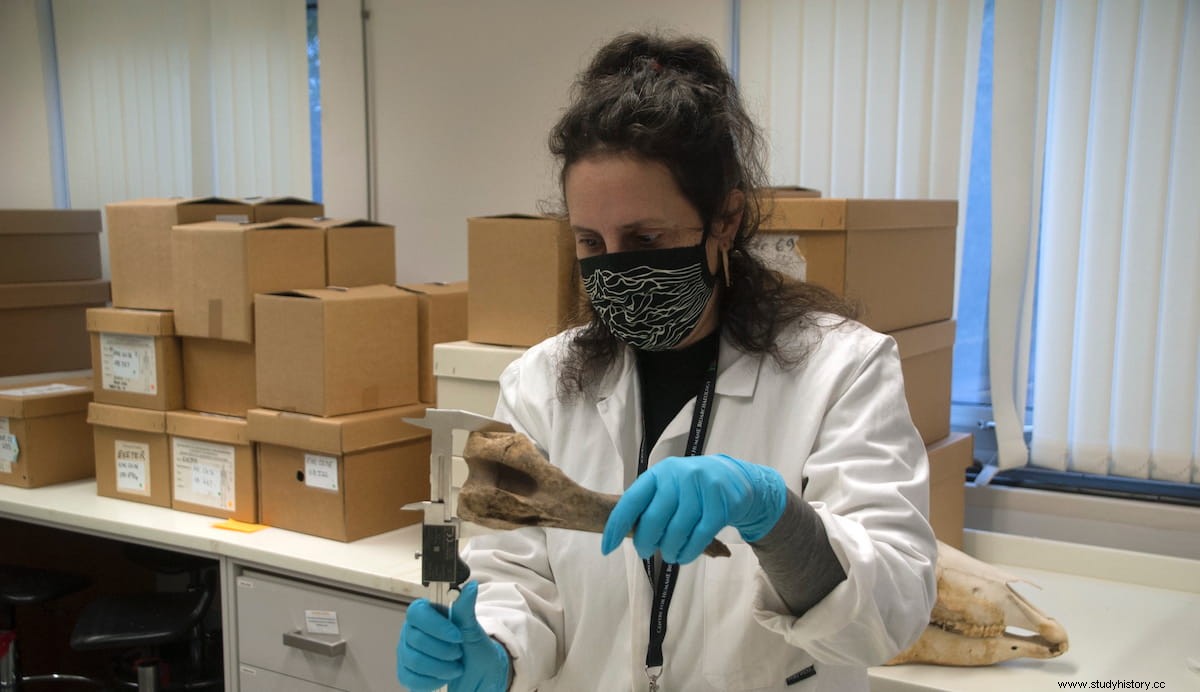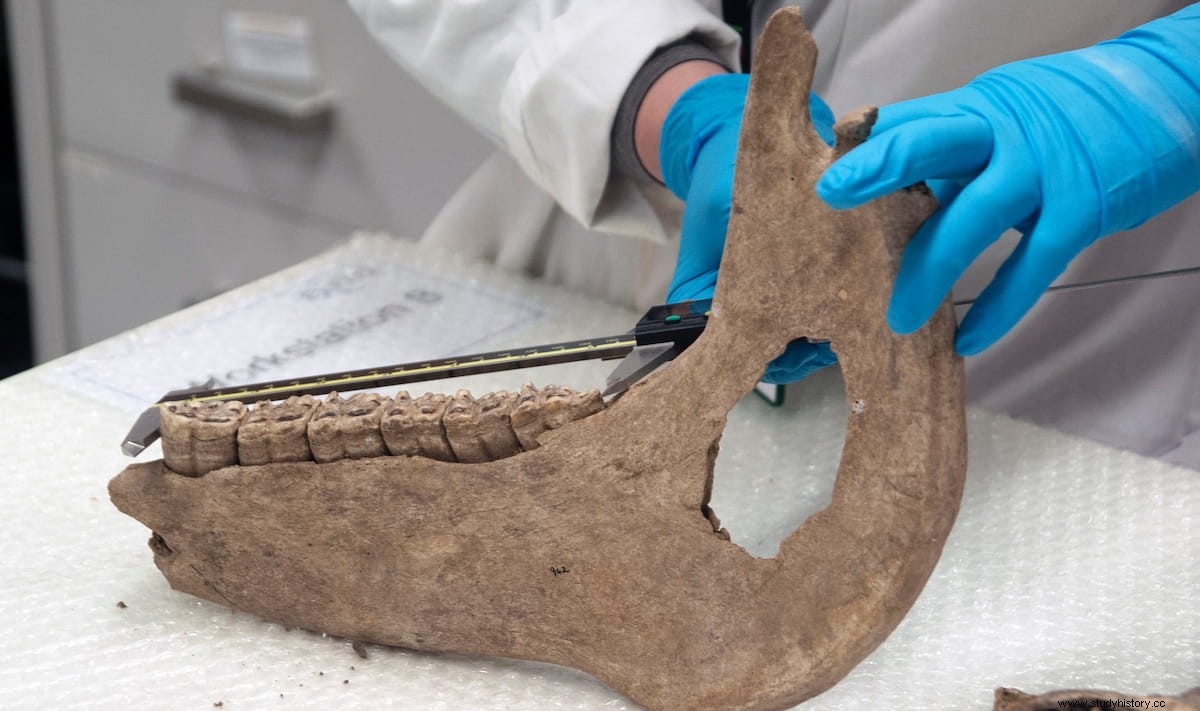Medieval warhorses are often depicted as huge and powerful beasts, but many were actually no more than the size of a pony by modern standards, a new study shows.
Horses of the time were often less than 5 feet tall, but size clearly wasn't everything, as historical records indicate that huge sums were spent developing and maintaining nets for breeding, training and maintenance of horses used in combat.
A team of archaeologists and historians searching for the truth about great horses has discovered that they weren't always bred for their size, but rather to be successful in a wide range of different roles, such as tournaments and long-distance raiding campaigns. .

The researchers analyzed the largest data set of English horse bones dated between AD 300 and 1650, found at 171 different archaeological sites.
The study, published in the International Journal of Osteoarchaeology , shows that the breeding and training of war horses was influenced by a combination of biological and cultural factors, as well as the behavioral characteristics of the horses themselves, such as temperament.
Depictions of medieval warhorses in movies and popular media often show massive mounts between 1.7 and 1.8 meters tall. However, the evidence suggests that horses of 1.6 and even 1.5 meters were very rare, even at the height of the network of royal stud farms during the 13th and 14th centuries, and that animals of this size would have been seen as very large by medieval people.
Researcher Helene Benkert, from the University of Exeter, said:Neither the size nor the strength of the limb bones is sufficient to reliably identify warhorses in the archaeological record. Historical records do not give the specific criteria that define a war horse; it is much more likely that throughout the medieval period, at different times, different horse conformations were desirable in response to changing battlefield tactics and cultural preferences .

The tallest Norman horse on record was found at Trowbridge Castle in Wiltshire and is estimated to have been about 1.5 meters tall, about the same size as today's small light riding horses. In the early medieval period (1200-1350 AD) horses of about 1.6 meters appear for the first time, although it is not until the post-medieval period (1500-1650 AD) when the average height of horses becomes significantly higher, finally approaching the sizes of modern draft and warmblood horses.
Professor Alan Outram, from the University of Exeter, said:Early medieval chargers may have been relatively large for their time, but clearly they were still much smaller than would be expected for equivalent functions nowadays. Selection and breeding practices in royal stud farms may have focused as much on temperament and physical characteristics correct for warfare as on raw size .
Professor Oliver Creighton, principal investigator for the project, commented:The warhorse is central to our understanding of medieval English society and culture as a status symbol closely associated with the development of aristocratic identity and as a famous weapon of war for its mobility and shock value, which changed the outcome of the battle .
The research, funded by the Arts and Humanities Research Council, was conducted by Carly Ameen, Helene Benkert, Malene Lauritsen, Karina Rapp, Tess Townend, Laura May Jones, Camille Mai Lan Vo Van Qui, Robert Webley, Naomi Sykes, Oliver H. Creighton and Alan Outram of the University of Exeter, Tamsyn Fraser of the University of Sheffield, Rebecca Gordon, Matilda Holmes and Will Johnson of the University of Leicester, Mark Maltby of the University of Bournemouth, Gary Paul Baker and Robert Liddiard of the University of East Anglia.
